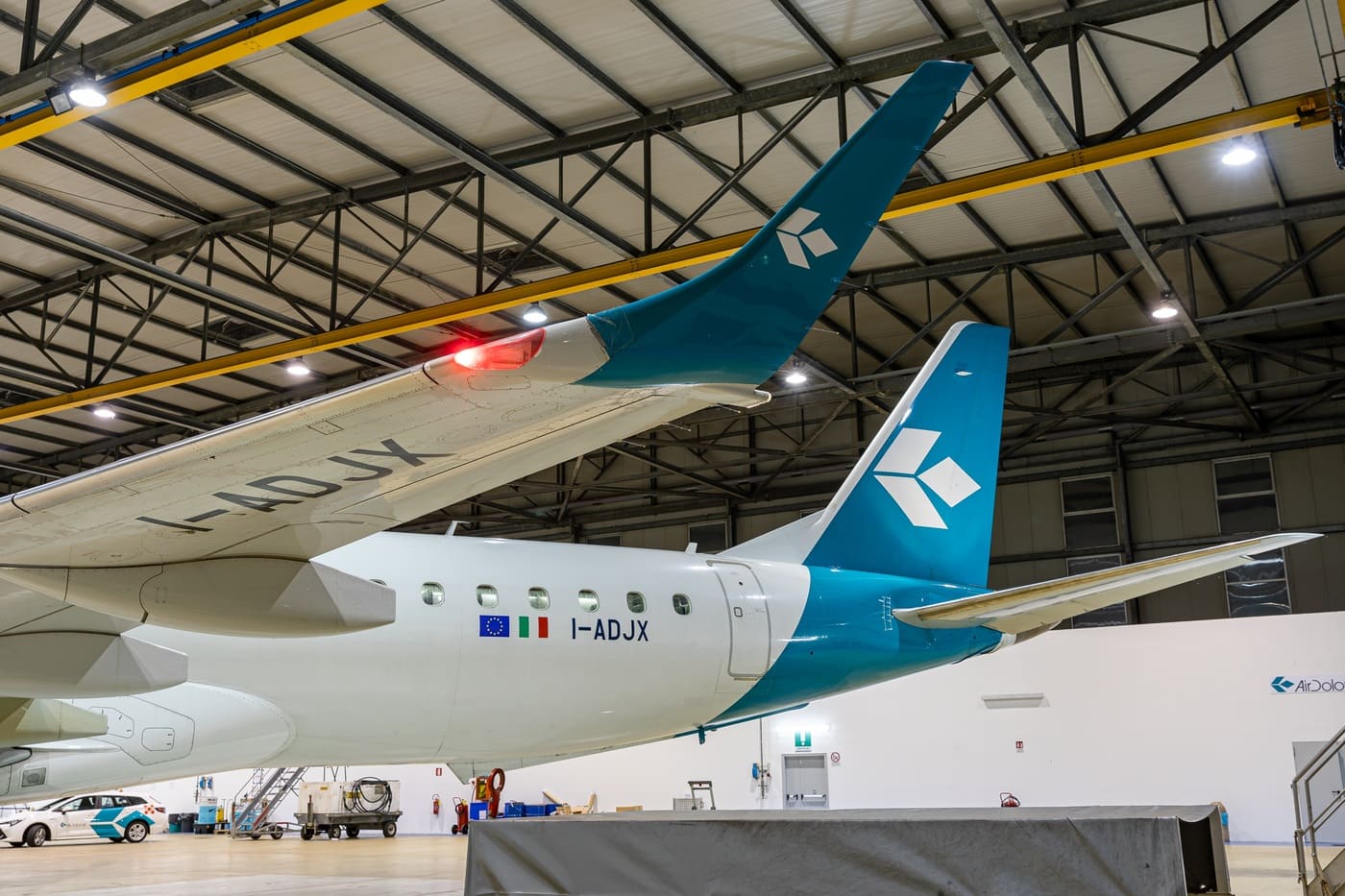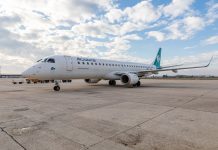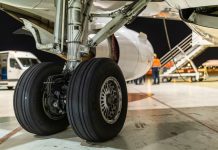It is with fondness that we remember when Italian kids used to play the number plate game in the car. On old number plates, ‘VR’ stood for Verona and ‘BO’ for Bologna. ‘KR’, Crotone, was worth 3 points. Foreign number plates were worth 5 points…
The tail number is an aeroplane registration code that has more or less the same function as car number plates.
Origins of the tail number
In the early days of aviation, in 1913, aircraft registration codes were based on radio call signs established at the International Radiotelegraph Convention in London. The codes referred to the radio operators and not to the aeroplanes.
Later, the Convention Relating to the Regulation of Aerial Navigation (Paris, 1919) established that the system that was being used was not efficient for identifying aircraft and that a new registration criterion was therefore necessary.
The new codes were far more practical. The national prefixes, followed by a dash and four letters, meant that an aircraft’s origin could be identified and, most likely, the pilot’s nationality.
The list of national prefixes was made official at the International Radiotelegraph Convention in Washington in 1927 and took effect in 1928. It is still valid today, a few changes aside.
Then, in 1944, the Chicago Convention established the fundamental principles of civil aviation and of global air transport. These included the obligation to register aeroplanes with a national authority (in Italy, it’s ENAC – Ente Nazionale per l’Aviazione Civile, the Italian Civil Aviation Authority).
Every country has its own tail number
The number of letters and the combination of letters and numbers change depending on the country.
In the United States, the tail number is also called an N-number because the national initial is just the letter ‘N’. After that, there are five numbers with no dashes or three numbers and the IATA code at the end.
It’s not difficult to spot the letters ‘I’ for Italy, ‘D’ for Germany, ‘F’ for France and ‘LX’ for Luxemburg. When it comes to ‘G’ for the United Kingdom, ‘EC’ for Spain and ‘XA’, ‘XB’ or ‘XC’ for Mexico, matters become more complicated!
Curiosity
As we now know, each registration code is unique.
In some countries, it’s possible to reuse the tail number after it’s been sold or withdrawn, or if an aeroplane is demolished or destroyed.
The US code N-3794N is assigned today to a Mooney M20, but it had already been used before. It belonged to the Beechcraft Bonanza on which the musicians Buddy Holly, The Big Bopper and Ritchie Valens were flying on 3 February 1959: The Day The Music Died… Is it perhaps homage to the three rock stars?




